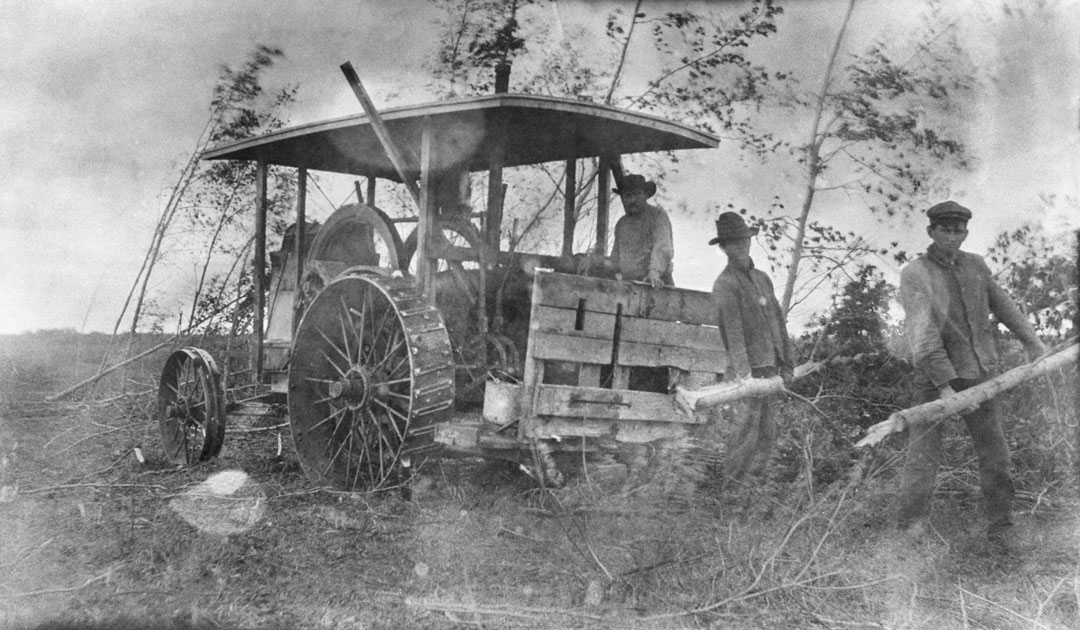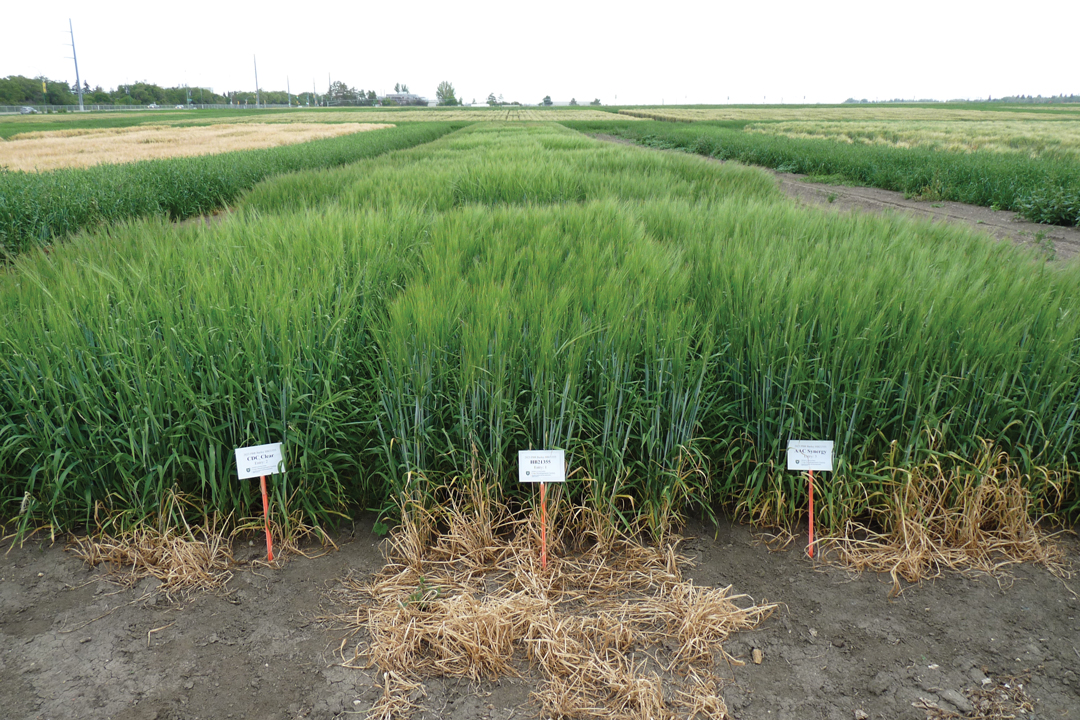MAKING DO WITH LESS
BY JENNIFER BARBER
As part of its 2020/21 budget, the Alberta government announced a budget cut of $5.3 million to the Agriculture Financial Services Corporation (AFSC). However, the Crown corporation’s chief financial and innovation officer said farmers and agribusiness owners who rely on AFSC for loans, crop insurance and disaster assistance shouldn’t panic. The organization’s staff plan to sharpen their pencils to cut administration costs, rather than customer service.
“This government is looking at ways to cut costs, and as a government agency, we are committed to work within those budgets,” said Darryl Kay. “Our focus is the same as it has been for the past 80 years—delivery of programs that support the agriculture industry in Alberta. As we considered budget reductions, we sought to minimize the impact on producers.”
AFSC is focused on reducing red tape and improving internal processes to become more efficient, said Kay. Staffing cuts will come through attrition and retirements, and services will be improved in the coming year through upgrades to online systems, he said.
“We have no plans to move away from face-to-face meetings where people need that,” he said. “But there are some cases where it is quicker and more flexible to offer online services. Moving our services online will simplify and speed up processes. Recently, we implemented the ability for clients to submit their AgriStability claims through AFSC Connect and we continue to work towards improving online delivery of our products.”
Kay said that AFSC Connect allows clients to submit land reports and harvested production reports for crop insurance and, coming this summer, clients will be able to purchase hail insurance online.
The budget cut is part of the Alberta government’s commitment to lowering operating expenses by 2.8 per cent by 2022. This comes as part of an overall budget reduction of 9.1 per cent to Alberta Agriculture and Forestry over the next fiscal year, a difference of $88 million.
Stuart Person, senior VP of agriculture with MNP, said the firm hopes cuts to administration at AFSC result in further automation and streamlined delivery of risk management products.
Person said that while people are wary of budget cuts, eliminating administrative waste can create meaningful change for farmers when it results in reduced wait times. “We work with the federal and provincial governments to respond to the needs of the producer to be more efficient, effective and timely. Hopefully, with those three things in place, producers will see positive change.”
Person said many farmers do not have a good understanding of AgriStability, crop insurance and the interaction between these programs and other types of insurance in mitigating losses. He is hopeful AFSC’s cutbacks will not eliminate the farmer education component of its programming, which builds better understanding and uptake of these programs.
The coming crop year will test the workability of the AFSC budget cut. Farmers who were unable to harvest their crops last fall may need to complete crop insurance claims with quick turnaround in order to fund their spring seeding. Kay is confident AFSC will be able to accomplish this.
“This spring, we are really focusing on those unharvested acres,” said Kay. “It’s important for producers to know that even with the budget cuts, our programs remain intact. There will be no changes to their coverage. AFSC has a number of options available for producers to support them in what is going to be a challenging spring, including cash advances on their insurance claims and deferral of loan payments. We remain committed to act quickly.”







Comments